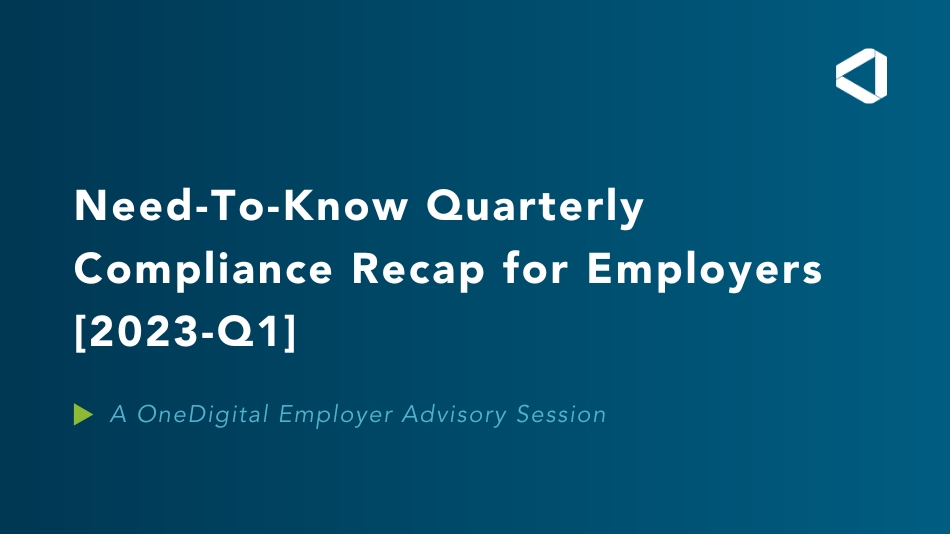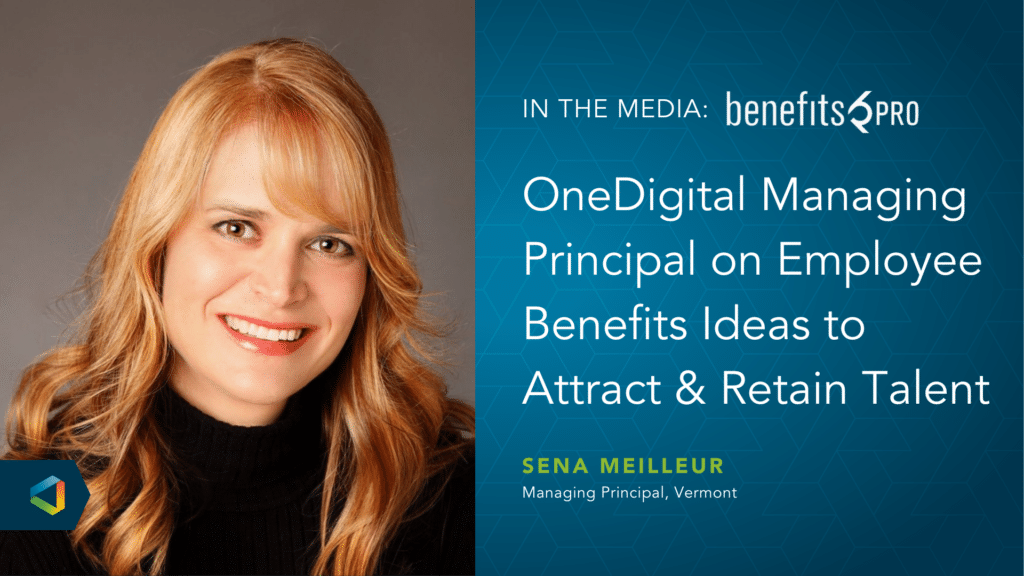Better Benefits, No Headaches
Four Benefits Trends Here to Stay in 2021
Four Benefits Trends Here to Stay in 2021
After a turbulent 12 months, the health insurance and voluntary benefits industry looks to regain a sense of 'normalcy'. The past year presented some important and dramatic trends that will forever change the way employers conduct their day-to-day health and wealth-related benefits business.
-
Emphasis on Telehealth
What used to be a convenient offering became necessity during the pandemic. Consumers and providers alike have realized the success and convenience of this form of care. Virtual access to clinicians in particular offers a lifeline for mental health support, which has emerged as an even greater epidemic through the seclusion brought about by social distancing requirements.
-
Employers see value in personalized benefits
Adding flexibility in benefit packages with non-traditional voluntary offerings such as student loan repayment programs, pet insurance, and caregiver assistance has created an opportunity to support employees who have faced an unprecedented need created by this past year.
-
Emphasis on employee financial wellness
The value of addressing employees’ financial wellness is clear and well documented. PricewaterhouseCoopers (PwC) revealed in its annual Employee Financial Wellness Survey that “financial or money matters/challenges” was far and away (at 54 percent) the most common cause of stress among full-time employed U.S. adults. In a previous PwC study, 47 percent of employees said financial stress either caused them to miss work or has negatively impacted their productivity. Financial stress certainly has impact on the physical and wellbeing of an employee as well and many of these financial challenges stem from medical related conditions where the employee is bearing higher cost.
-
Move to virtual environment for open enrollment and education
The pandemic forced many employers to implement a virtual open enrollment for their 2020/2021 benefit plan year. That was especially true in cases where part (or all) of the workforce was working from home. In general, the results of implementing employee meetings over the last 11 months for our clients revealed that some form of ‘virtual’ open enrollment may be here to stay. In many cases, the attendance and engagement via a virtual open enrollment meeting in 2020 was at least consistent and in many cases higher than previous in person onsite meetings. Many clients have already acknowledged they plan to continue virtual in future years. Our ‘usual’ in person open enrollment meetings dropped considerably from nearly 75% in person to a mere 3% over the course of the last 11 months. These meetings were without any sacrifice (in general) in attendance or content education. It is very unlikely that in-person open enrollment will return to previous levels. With so many employers planning for virtual open enrollment going forward, the demand for personalized, customizable, on-demand benefits education and enrollment platform to increase and become even more efficient.




